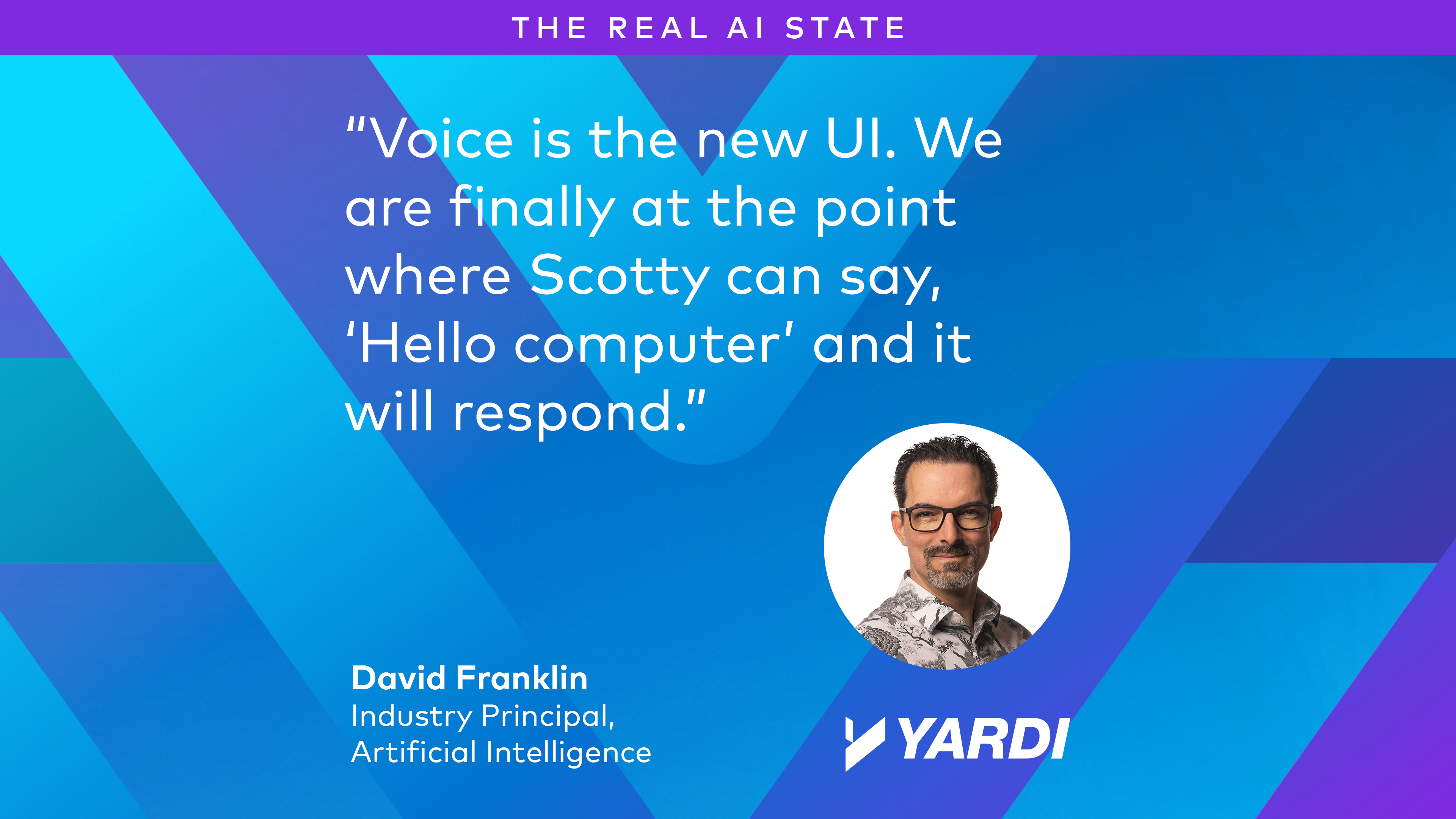By David Franklin on July 2, 2025 in Technology

Welcome to the new and improved Real AI State Newsletter, now a weekly blog article! This week, we’ll talk about the latest open-source AI models, including one from Mistral, a French AI company. This innovative solution opens up an interesting conversation about combining smaller open-source models that can run locally (and hence inexpensively) with the large state-of-the-art models that tackle harder problems but at significant cost.
Google, as usual, has been quite active and has two big announcements this week including Gemini CLI, their command line interface for writing computer code, and Search Live with voice input in the Google app for Android and iOS. Anthropic won a critical court case where a federal judge ruled that their use of books for training Claude qualifies as fair use and Tesla launched its Robotaxi service in Austin, Texas, showing the power of AI to tackle problems in the physical world.
With all this in mind, let’s dig into these open-source AI models and see what they’re all about.
1. Mistral
What happened
Mistral released their Small 3.2 open-source model. It’s an incredibly powerful, yet quite small LLM that can easily run on a standard laptop.
Why it matters
For those who don’t know, LLMs come in different sizes. The largest models that you may have heard of include OpenAI’s GPT 4.5, or Google’s Gemini 2.5 Pro which have well over a trillion parameters. That means that there are a trillion different elements that define the relationships between words and phrases (technically “tokens”) in the model. Generally, the more parameters a model has, the more “computational horsepower” it has to try and be intelligent. Mistral Small 3.2 only has 24 billion parameters, making it approximately one thousand times smaller than the big boys. Despite being so much smaller, it can outperform GPT 4 from May of 2024 on many benchmarks. This goes to show the incredible pace of development LLMs are experiencing.
More importantly, Mistral Small 3.2 can be run locally, essentially for free, whereas GPT 4o is one of the more expensive models. For those of you who are trying to figure out a good AI strategy, one of the things to consider is which types of AI are useful for which tasks and what the cost implications are. Here at Yardi, we are working on building cloud-based tools for our clients using a variety of AI models, taking advantage of their relative strengths as well as costs. Smaller, open-source AI models will definitely factor into our strategy. Use the cheaper, less capable models for functions that don’t require extreme intelligence and then reach out to the expensive, state-of-the-art AI models when deep reasoning is needed.
2. Google
What happened
Google continues to be a major player in the world of AI. This week there were two releases of note. First, they released Gemini CLI, another tool in their arsenal of AI powered software engineering. Google had already released Jules, their AI Coding Agent, but Gemini CLI now provides developers with direct access to the Gemini model from within their terminal, making it ideal for command-line based workflows.
Second, they released Search Live, an amazing new interactive voice mode that is very similar to ChatGPT’s Voice Mode but focused on search. Chatting with Google seems like a much better interface than typing queries into a text box.
Why it matters
While most of you are probably not software engineers, you should be aware that there is a monumental shift occurring in software development right now. With the rise of tools like Google’s Jules and Gemini CLI, as well as Codex from OpenAI, Claude Code from Anthropic, Cursor, and Github Copilot, we’re seeing the rise of the AI Software Engineer. In fact, it is likely that within the next few years, most lines of computer code will be written by AI rather than a human. This means that the cost of developing software will plummet and the number of domain experts who can build software will explode. If you really want to learn more about what “Software 3.0” looks like, watch this talk by Andrej Karpathy. The business implications are staggering.
Search Live shows us yet again what a fundamental change we are seeing in the way humans interact with computers. Voice is the new UI. We are finally at the point where Scotty can say, “Hello, computer,” and it will respond.
3. Anthropic
What happened
There were a few technical releases from Anthropic, but probably more interesting (and certainly more impactful) is the case where a federal judge ruled that their use of books for training Claude qualified as fair use. This can be a polarizing issue as authors certainly don’t want their hard work stolen, but having smarter open-source AI models could potentially transform humanity.
Why it matters
The more data we can feed to an AI model, the more intelligent it can become, roughly speaking. One challenge that the frontier labs are facing is that they have already scraped all the data from the web and are thirsty for more. Copyrighted material represents a treasure trove of data that can be used to train the AI, but without a strong legal standing, the models may be limited in what they can access.
4. Tesla
What happened
Tesla has launched its Robotaxi service in Austin, Texas. A robotaxi is an autonomous taxi, powered by AI to deliver driverless rides to passengers. This is similar to what Waymo has done but specifically uses Tesla vehicles. Initially, the rollout will utilize the Model Y, but soon Tesla will begin production on their dedicated Robotaxi vehicle, which will not have a steering wheel or pedals.
Why it matters
For many of us in the real estate industry, we see AI as a software, rather than hardware, solution to business challenges. Consider this: In a world where vehicles can autonomously drive themselves, what will be the value of parking spaces? Autonomous vehicles will never need to park, other than to charge or refuel. There are an estimated 2 billion parking spaces in the US which cover approximately 14,000 square miles of space. Think of how the real estate market would change if we could convert all of that into something else. Not only would the economics of the square footage change, but the nature of urban planning, use of green space and walkability of our built environments could be radically transformed.
I think Zac and Jesse from Now You Know covered it nicely in their prescient video — five years old and still prescient.
Thank you all for tuning in. Please subscribe to be notified whenever a new post comes out, and we look forward to seeing you on the next one.
Stay curious, my friends!
Author bio
David is the industry principal of AI at Yardi, where he works closely with the sales team to help clients understand how Yardi’s solutions align with their business needs. A real estate technology, AI and IT guru with deep sales expertise and entrepreneurial roots, David brings decades of experience bridging the gap between technical innovation and real-world application. David’s superpower is making complex technical concepts approachable, interesting and easy to understand — especially for non-technical audiences. When he’s not working, you can find him skiing, rock climbing or racing his Tesla.
Disclaimer
This article is for general information purposes only. The opinions, analysis and commentary expressed are not and cannot be relied on as legal advice, and do not necessarily reflect the views of Yardi Systems, Inc., or any of its affiliates.


